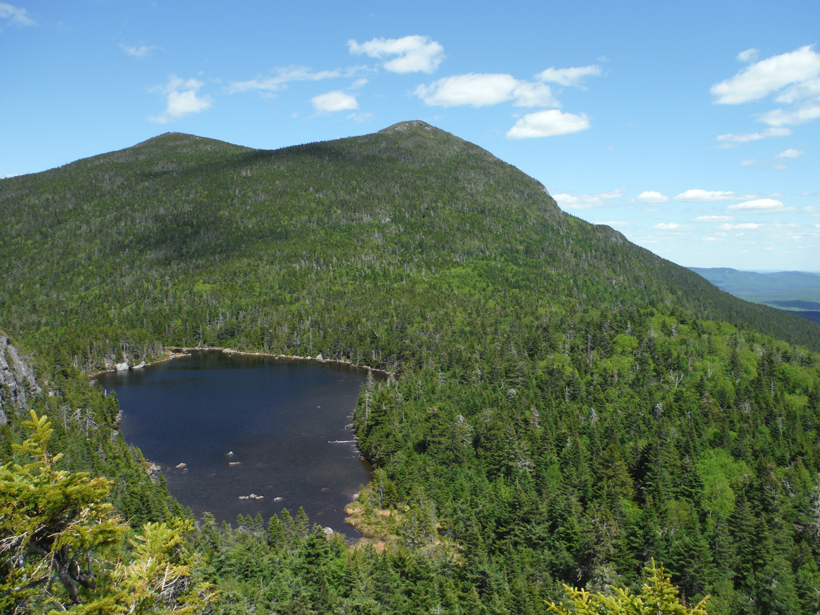Source: Water Resources Research
Rapid industrialization in the United States during the 19th and 20th centuries resulted in significant emissions of sulfur dioxide and nitrogen oxides to the atmosphere. Atmospheric pollutants traveled thousands of kilometers from Midwestern industrial sites and were deposited in the Northeast—the influx of these pollutants spawned the atmospheric scourge known as acid rain. Acid rain causes a suite of ecological effects and increases the acidity of freshwater lakes by depositing sulfate into lake ecosystems.
Fast forward to the present. Regulation has helped reduce the concentrations of sulfur and nitrogen in the atmosphere, with subsequent reductions in aquatic sulfate and acidity, but climate change is now ushering in both physical and biological shifts in the environment. In New England, climate change manifests as increases in air temperature, precipitation, and extreme weather events.
To understand how changing acidity and climate affects northeastern lakes, Gavin et al. analyzed a subset of high-elevation lakes in Maine. High-elevation lakes are considered sentinel sites that serve as harbingers of broader environmental change because they are more sensitive than their lower-elevation counterparts.
The researchers tracked how concentrations of dissolved organic carbon (DOC) fluctuated over a 30-year period in response to changes in the environment. DOC is a suite of carbon-bearing molecules that occur naturally when water in is contact with soil, organic material, and other decaying matter; although it is naturally occurring, anthropogenic change has been accelerating its production and pattern across the landscape. Increases in DOC concentrations are often referred to as “brownification”: The yellow-brown color caused by dissolved humic matter imparts a darker stain to DOC-rich waters. This darkening of waters has implications for water clarity, water temperature, lake stratification dynamics, carbon cycling, and nutrient and light availability for aquatic organisms.
The study found that DOC concentrations in high-elevation lakes have increased in response to dwindling sulfate and increased temperature and precipitation. When sulfate decreases, DOC increases; when temperature and precipitation increase, so does DOC. Combined, these environmental changes increased the amount of DOC in the monitored high-elevation lakes. Lower-elevation lakes displayed a similar response, but with less consistency and a weaker correlation than high-elevation lakes.
The study highlights the sensitivity of lakes in the northeastern United States to geochemical and climatic variation and establishes a baseline reference for future change. The results signal that broader change may be on the horizon for lakes in the region. (Water Resources Research, https://doi.org/10.1029/2017WR020963, 2018)
—Aaron Sidder, Freelance Writer
Citation:
Sidder, A. (2018), Effects of acid rain, climate change on freshwater lakes, Eos, 99, https://doi.org/10.1029/2018EO102063. Published on 11 July 2018.
Text © 2018. The authors. CC BY-NC-ND 3.0
Except where otherwise noted, images are subject to copyright. Any reuse without express permission from the copyright owner is prohibited.

